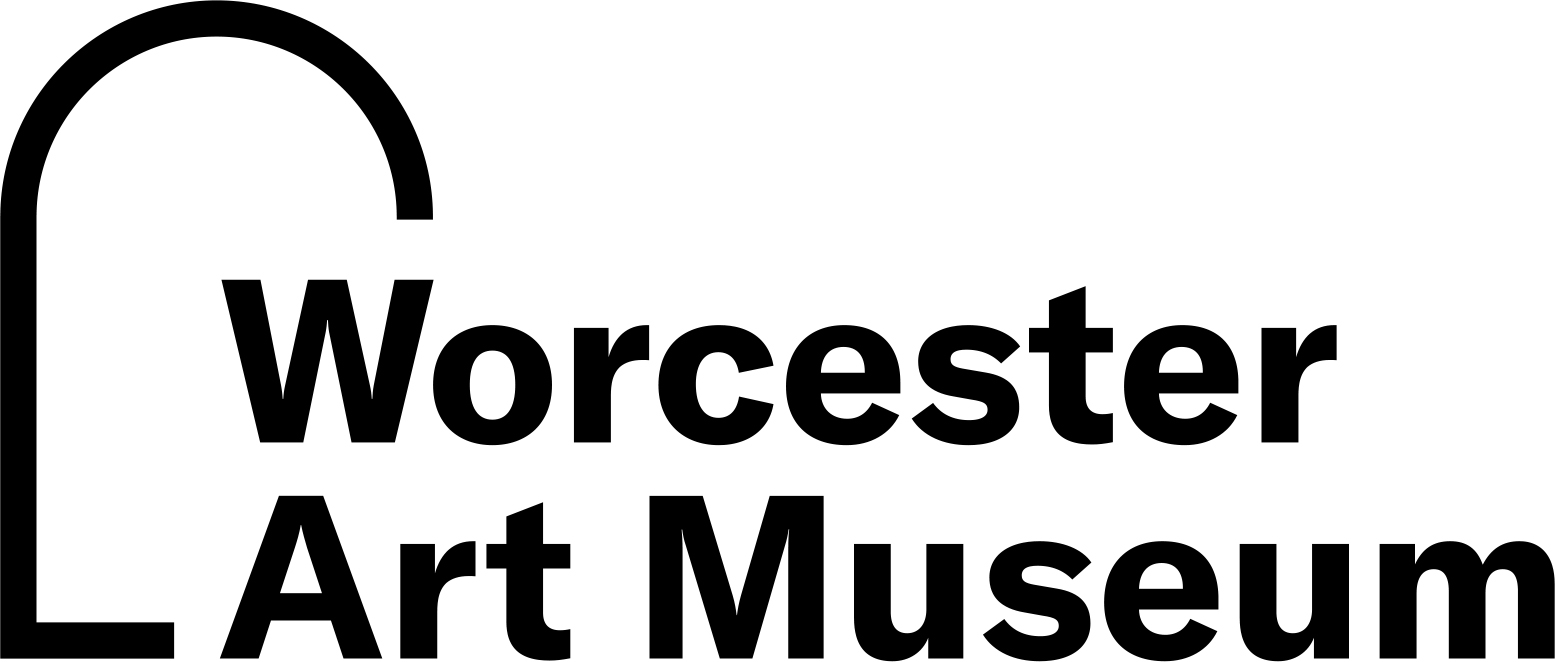Cavendish Church
Artist
John Taylor Arms
(American, 1887–1953)
Date1944
Mediumgold faced etched copper printing plate
Dimensionsplate: 24.1 × 14 cm (9 1/2 × 5 1/2 in.)
ClassificationsArtists' Materials
Credit LineGift of Edward A. Bigelow
Object number1949.6
DescriptionGold faced, Etched for print of "Cavendish Church" no. 1949.5Label TextJohn Taylor Arms (1887-1953) There are several types of etching but in all cases a mordant, or corrosive chemical bath, is used to incise a metal plate’s surface. The inked areas of the print reveal where the acidic material bit away at the plate with darker areas indicating lengthier exposure to mordant. However in areas where an artist does not want the plate to corrode, an acid-proof material called a resist is applied for protection. Often the resist is a warmed varnish which is evenly applied to the plate at the beginning of the etching process. The varnish hardens so the artist can use various tools like needles to draw through the resist, making these newly exposed areas vulnerable to the mordant. After the etching has been drawn and placed in the acidic bath, it is immersed in a second neutralizing bath. Finally, the remaining resist is removed with a solvent so the plate can be inked and printed. Initially trained as an architect before devoting himself to the craft of printmaking, John Taylor Arms was unapologetically conservative in his subject matter, aligning himself with the Gothic Revival. He meticulously represented architecture throughout the United States and Europe with an uncompromising attention to detail. To achieve this level of specificity, Arms used the thinnest of etching needles to achieve almost fetishistic precision. ProvenanceGift, Mr. Edward A. Bigelow, Worcester
On View
Not on view










